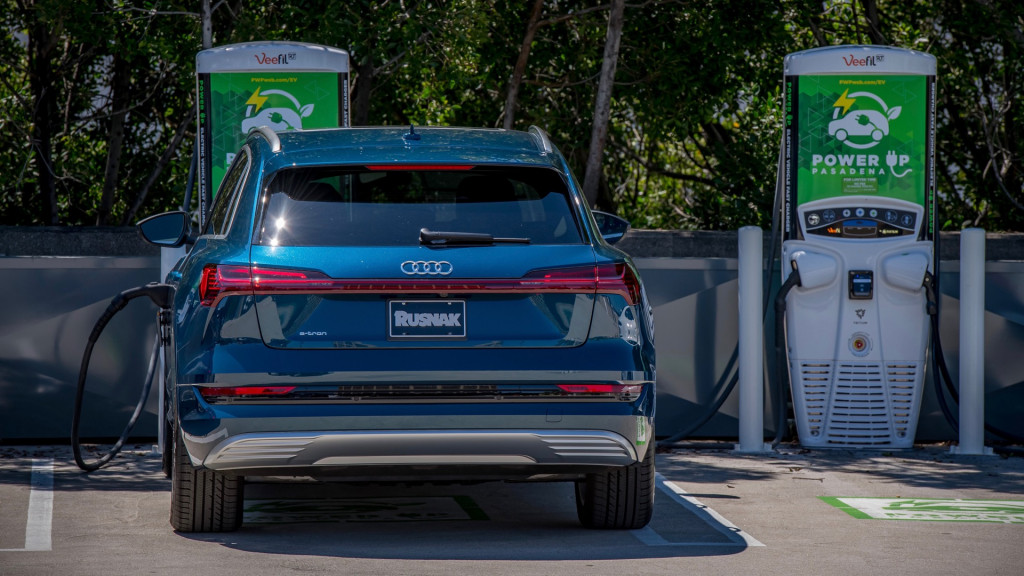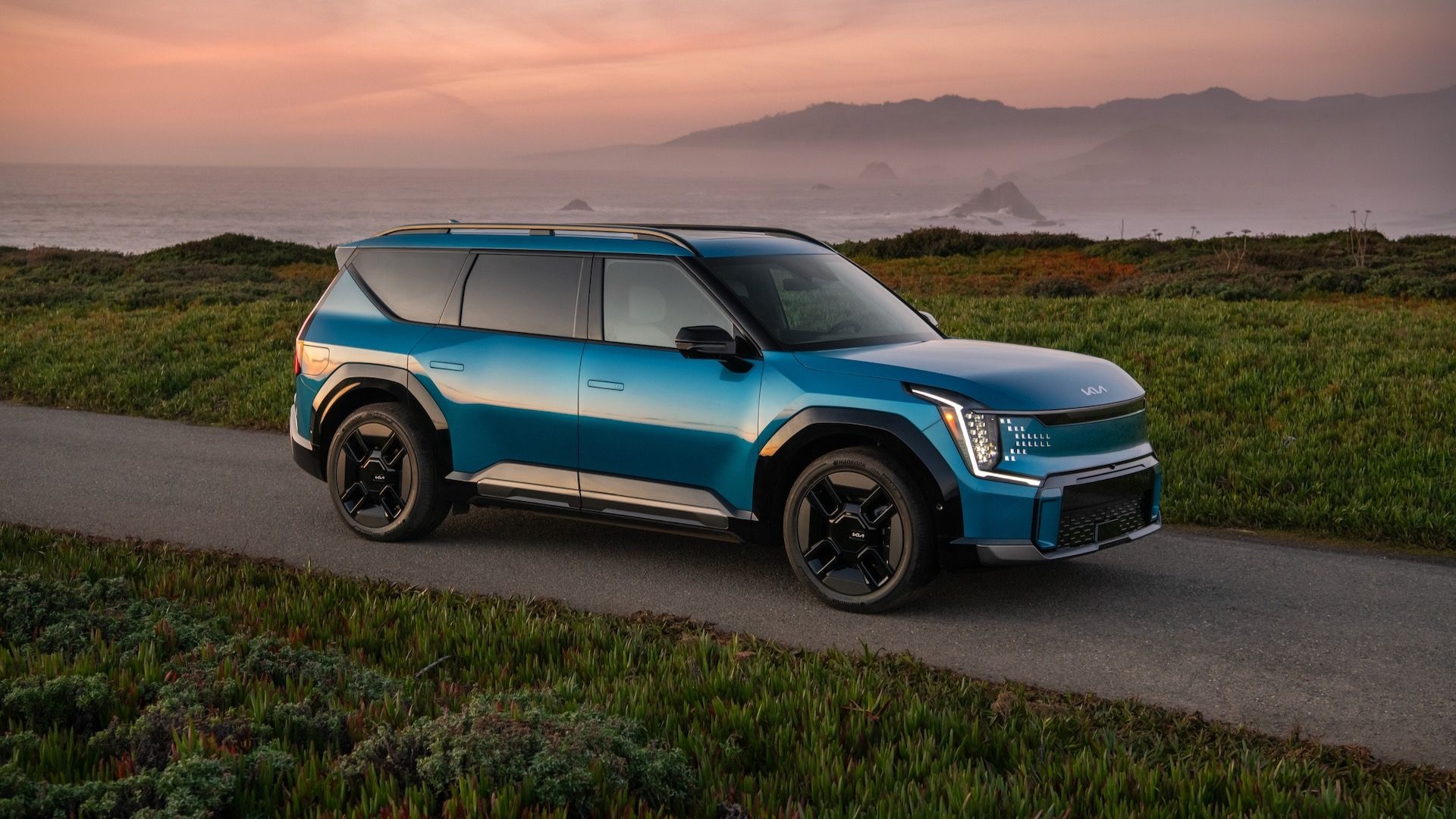California is working to end sales of new gasoline cars, but to do that it will need nearly 1.2 million EV charging stations by 2030, according to a new report from the California Energy Commission (CEC).
The report, released last week, was part of California Assembly Bill (AB) 2127, which looks at charging needs to support Governor Gavin Newsom's 2020 executive order requiring all new passenger-vehicle sales to be zero-emission (either battery-electric or hydrogen fuel-cell) by 2035. A follow-up report will examine 2035 charging needs, a CEC press release said.
In addition to the 1.2 million charging stations for passenger vehicles, the CEC estimates 157,000 will be needed by 2030 to support the 180,000 electric medium- and heavy-duty trucks, and electric buses, anticipated to be on the road by that time.
More than 73,000 charging stations have been installed to date, with an additional 123,000 planned by 2025, according to the report. That falls short of the state's goal of 250,000 charging-station installations by 2025, but Newsom's proposed 2021-2022 budget includes $500 million to help fill that gap, the CEC noted.

Marengo Charging Plaza, Pasadena, California
This follows a $437 million utility-based program approved last year, which aimed to add 38,000 new charging stations over five years.
California has also made efforts to speed up charging-station installation by cutting red tape. A 2020 bill aimed to speed up the permitting process, which charging network Electrify America said took substantially longer than in other states.
The report also found that in 2030, electricity consumption by passenger cars could reach about 5,500 megawatts around midnight and 4,600 MW around 10:00 a.m. on a typical weekday, increasing electricity demand by 20% to 25% at those times.
The California Public Utilities Commission (CPUC) is considering "vehicle-to-grid" (V2G) tech, which allows cars to discharge power back into the grid, as a way to keep the grid operating at a more stable pace, but a 2020 Wall Street Journal report indicated utilities believe grid upgrades will also be needed to handle an influx of electric cars.












